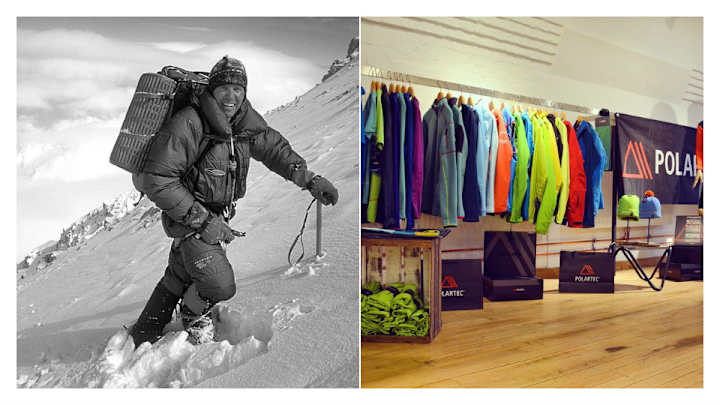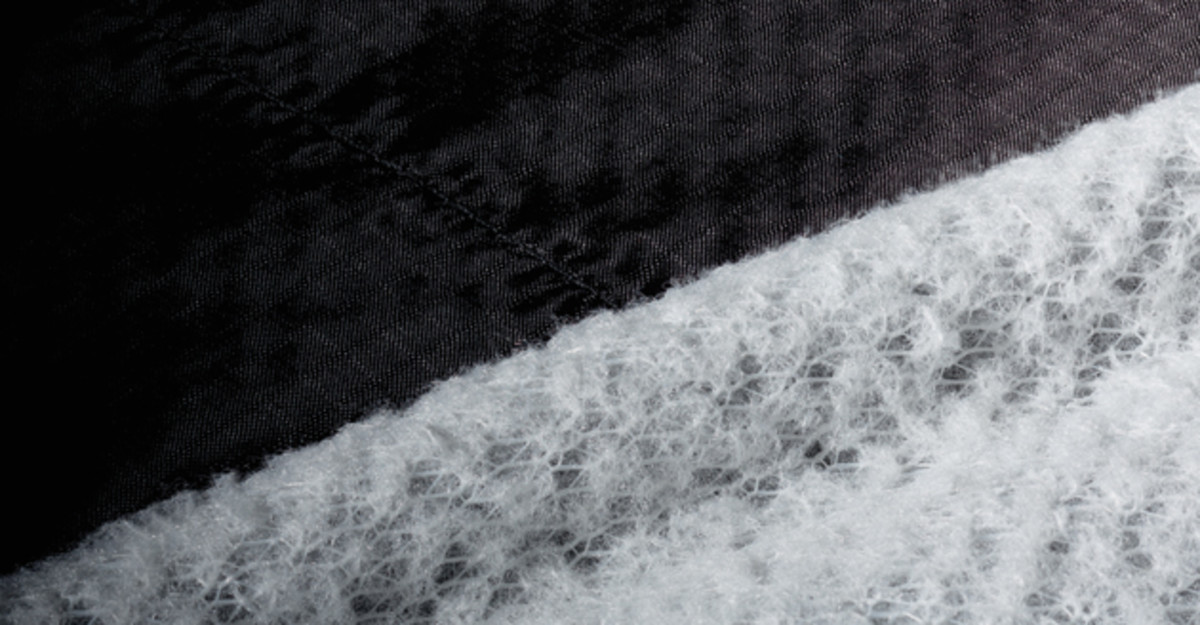Tech Talk: Polartec changing the way we layer for the outdoors

Remember the days when layering for the outdoors meant cotton-waffle underwear covered by a layer of denim? Yeah, that was quite some time ago. Nowadays, the biggest brands in outdoor apparel are producing garments increasingly defined by advances in technology. Fabric maker Polartec is driving that effort, engineering a mix of fabrics that everyone from Patagonia to The North Face to Marmot and others are using to let you layer like royalty (and we all know royalty never wore cotton-waffle underwear).
What is it?
New for 2015, the Massachusetts-based company created fabrics for the ultimate tri-layer system -- that is, a baselayer, insulation and top layer. As the fabric maker, Polartec isn’t forming final-run apparel, but a wealth of companies purchase the same fabrics and then use them to build their own lines of clothing. The newest from Polartec includes a Power Wool baselayer, Alpha insulation layer and NeoShell layer, a combination that uses three completely different technologies to create a system designed for outdoor adventure.
“The layering system gives you a lot of versatility, which a lot of people need in the outdoors,” Doug Kelliher, Polartec’s vice president of product management, tells Edge’s Tech Talk.
How does it work?
It starts with the base layer. Wool is the best natural base layer material -- given its ability to wick sweat away from the skin, reduce odor and keep you warm—but Polartec wanted to improve on nature. Wool does have limitations, particularly if it gets too wet.
“It is a fiber that needs a lot of help as well,” Kelliher says. So Polartec’s Power Wool provides the aid. The development starts with a layer of 100 percent merino wool against the skin, which is plated to nylon and/or polyester on the other face of the fabric. Kelliher says the combo is like a Resee’s Peanut Butter Cup, the “best of both worlds.” The wool against the skin moves moisture, while the polyester/nylon plating can help spread out that vapor-state moisture for quick drying.
Tech Talk: MSR Water Lab puts world-class science in backpack water filter
Kelliher says that so many products blend wool with other fibers, which reduces the effectiveness of both fibers. Not so with the plating construction.
The insulation midlayer gives Polartec a chance to show off its Alpha insulation, something that came from work with the military. “Special operatives don’t have time to layer up,” Kelliher says. “They were really looking for active insulation.”
The Alpha layer has an open-construction woven face to create airflow and thus help draw moisture from the body. The Polartec synthetic lofting insulation provides a lightweight, puffy layer. Polartec says it can pair the insulation with a variety of breathable and stretch fabrics to allow the garment maker flexibility in designing its own system.
The final layer, the NeoShell, uses a proprietary membrane to provide rain protection with breathability. With the stretch and breathability of a soft shell combined with the waterproof performance of a hard shell—achieved by using a “tightly controlled range of pore sizes” for air exchange while remaining waterproof—the NeoShell keeps you waterproofed without trapping in all your own sweat.

Why’s it significant?
The continued creation of new fabrics allows different apparel manufacturers to use the fabrics in their own way. Each fresh iteration can also inspire a specific company to move in a different direction.
“We are open to developing, and will develop, a textile for [a company] specifically,” Kelliher says.
Polartec has more than 300 fabrics in its open line (you can purchase them yourself) and 700 in total. With Polartec working on new fabrics in all three layering areas, new innovations spread across a variety of brands for a mix of uses.
What are the implications in the world of adventure sports?
Unequal's Gyro helmet liner the latest in military-grade football protection
As the outdoor market continues to evolve, consumers and brands demand more flexibility in their products. They want fabrics that allow comfort in different temperature and weather environments. Whether Polartec-created fabrics or other products from competitors, the continued advancements in active outdoor adventure fabrics will push outdoor apparel into new places, giving more specialized options for every adventurer out there while creating more advanced all-around use products.
The fact that apparel makers can come to Polartec for the material for all of their lines needs gives Polartec a competitive advantage in layering. “That is the exciting part of why we keep developing in all three areas,” Kelliher says about the new innovations. “Weather conditions are so volatile, it is nice to keep looking at layering as a consumer base that stays active.”

Who’s using it already?
The better question may be who isn’t using it? Polartec spans the world of athletics, being used by brands such as Nike, Adidas and Under Armour as well as by a vast array of outdoor brands, including the big-hitters previously mentioned and others, such as K2, Black Diamond, REI, Westcomb, Helly Hansen and Arcteryx.
What’s the future of it going forward?
Already Polartec has started to improve on the layering system, creating, for example, a product that combines NeoShell with Alpha in the same fabric. “We customize to the needs of our customers pretty well,” Kelliher says. And with so many customers and so many sports with specific needs, expect layering to continue to evolve, both with this tri-layering system and fabrics Polartec hasn’t created yet. Just don’t look for the old cotton-denim combo to make a comeback.
Tim Newcomb covers stadiums, design and gear for Sports Illustrated. Follow him on Twitter at @tdnewcomb.
